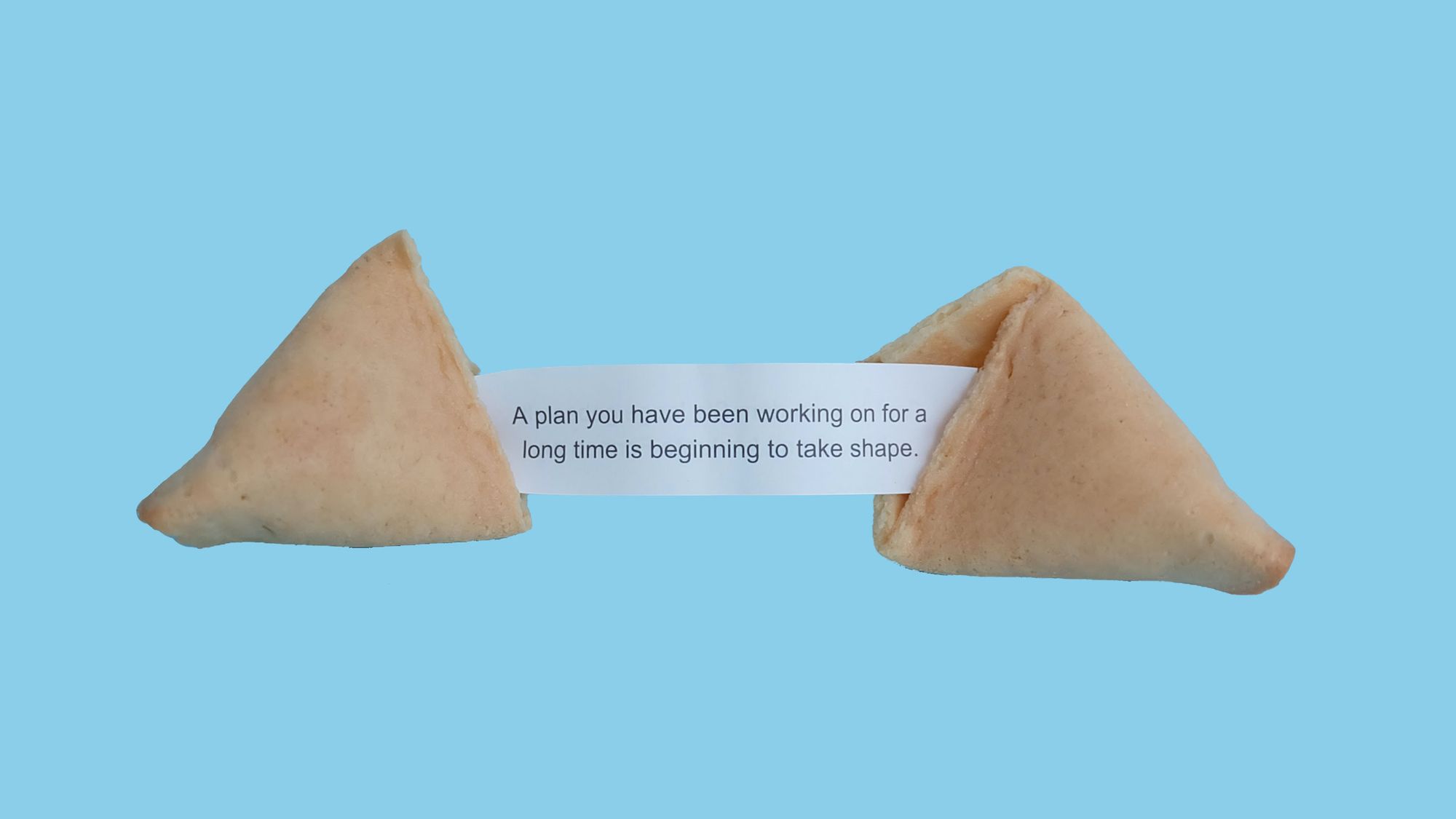The before, during and after of MVP and why it is the right approach to launch a product
“We must learn what customers really want, not what they say they want or what we think they want” – Eric Ries in The Lean Startup.
Launching a product or service in the market is a complex process. The technique of Minimal Viable Product (MVP) is launching a product into the market with minimum essential features to grab the attention of early adopters and build further from their feedback. The initial features are the core features around which the rest will be built. This is apt to test the actual market and evaluate our own products. It creates a road map for the final and fully finished product in the future. Upon a probable failure of MVP, more money and time will not be wasted on the product in the longer run.
As easy as it sounds, some entrepreneurs fail to implement it in the right way owing to some misconceptions. The pointers below highlight the importance of MVP to launch any product or service.
- Quicker launch for immediate validation
- Test an idea before full-fledged launch
- Identify the trump cards of your product
- Find early adopters and user base
- Attract investors with basic success
- Trends to keep in mind to develop the full product
- Real-time feedback to adapt while further development
- No wastage of money and resources for a failed product
To know how to choose tech stack & build a mobile app product, read our blog, Factors to Consider while Choosing the Tech Stack for a Mobile App.
For an idea to materialize, a systematic approach to use MVP as a launch option is required.
1. Identifying the market needs
A product or a service is usually a solution to an existing problem. Though the later needs are identified after the MVP launch, the first step is to brainstorm the current market needs. The core idea should resolve the problems at hand. This includes analysing what the competitors offer.
For instance, AirBnB was started by two people who rented out their living room with three beds to manage their rent expense. This was identified as a need for travellers and a website was eventually built with several other house owners pitching in. Thus, without owning any of the apartments, the company managed to rent several spaces.
2. Map out user flow
Viewing the usage of a product from the users’ perspective lets a company understand the necessary steps to fulfill those expectations. This is a fairly easier process because it involves the basics of customer usage.
For instance, the primary aim of an online shopping platform like Amazon is to make everything available at home in the click of a button. So, the user flow has to be to find a product, choose from available buyer options, buy the product, manage orders and track orders. This step-by-step process keeps the user updated at every stage of the purchase.
3. Define the core features
As MVP requires only the core features, it makes sense only if those features are defined clearly from the beginning. The initial features of MVP should give the users an idea of the product’s purpose. There is a fine line between defining the core features and limiting the features in the MVP launch.
Dropbox is a great example to understand this. Realizing that it would be expensive to build a prototype, they sent out a basic video explaining what the company was intending to do and how they were planning to build the software. This simple video caught immediate attention as it promised to resolve a major issue all the firms were facing.
Although a simple video may not suffice for every product, a simple approach to convince the users helps in prioritizing the required features.
4. Build and test the prototype
With the scope of work in hand, building a prototype should fall into place. This is based on the strong foundations laid in the above steps. This means a valuable product is in hand and is ready to be tested.
Any product is now sent for A/B testing. In this, two different versions of the product are presented to different set of users to identify which variant gets better feedback. The user feedback is now the most important aspect. The one with higher conversion rate obviously is chosen. When the feedback data is analysed, it should give a glimpse of the success rate of the product.
A classic example of this is Netflix, which puts every product change through strenuous A/B testing before introducing them. Since this has been done from the beginning, at every stage, the platform is almost flawless and user friendly.
MVP is the way to go in order to reduce the burden of building a product laden with features thought of by the firm without gaining the users’ perspective. Ultimately, customer validation decides the success of a product. MVP lets you do that during the process of building a product rather than wait till the end. One should be ready to remove or alter a feature that does not directly contribute to the product usage. MVP is all about faster learning and avoiding the brunt of a failure.
